New to the gemstone world and don’t know much about it? Fret not, because today we’re going to talk about the ABCs of gemstone jewelry and discuss the best way to distinguish between a real and a fake.
So, grab a cup of coffee and read on.
First Things First, What Is a Natural Gemstone?
Simply put, a natural gemstone is a mineral or a form of organic matter that’s used in fine jewelry. As indicated by its name, this type of jewel is naturally created and is characterized by its distinct lack of treatment. Once mined, it is only cut, polished and faceted before being woven into a fine jewelry design.
What Is a Genuine Gemstone?
Believe it or not, freshly mined jewels are rarely considered appropriate for fine jewelry use (even after the polishing and faceting process). They are, therefore ‘treated’ or ‘enhanced’ in a variety of ways to get rid of their flaws and increase their overall appeal. Needless to say, these stones are 100% real, however, they are often labeled ‘genuine’ to indicate their treated status.
Shop Natural Gemstone Jewelry
What Is a Simulated Gemstone?
A simulated gemstone is nothing but a jewel that is presented as another gem. An example of this is a garnet being sold as a ruby. While these gemstones are authentic in their own right, they are still considered to be imitation pieces because they are marketed as different stones.
Did You Know?
Because of their extreme rarity, almost all the citrines available today are actually amethysts or smoky quartz which have been heat-treated to get the stone’s signature hue. That said, as the stones share the same chemical composition, they are considered to be genuine pieces.
How Are Gemstones Priced?
Generally speaking, the price of a gemstone is based on four different aspects:
• Cut
Contrary to popular belief, the cut of a gemstone can greatly affect its overall price. Here, a well-executed cut will allow the jewel to showcase the perfect amount of scintillation and contrast. These optical illusions play a huge role in enhancing the gem’s overall brilliance and making it truly shine.
• Color
Interestingly, this is one of the most important factors taken into consideration when pricing a colored gem. It can be broken up into three categories:-
- Hue – This refers to the actual color of the gemstone. For example, the blue of a sapphire or the peach of a morganite.
- Saturation – This value indicates the stone’s depth of color. Here, the better the saturation, the more luxurious the appearance of the stone.
- Tone – This refers to the relative lightness or darkness of the gem. And as with the previous value, the darker the jewel, the more attractive it is.
• Clarity
This refers to the presence or lack of inclusions/flaws in a jewel. Generally speaking, the best-quality gems have excellent clarity and are therefore priced on the higher side.
• Carat Weight
For the most part, the price of a jewel increases drastically once the stone crosses the 1-carat mark. This is mainly because of the rarity of the gem and is especially true when it comes to precious jewels.
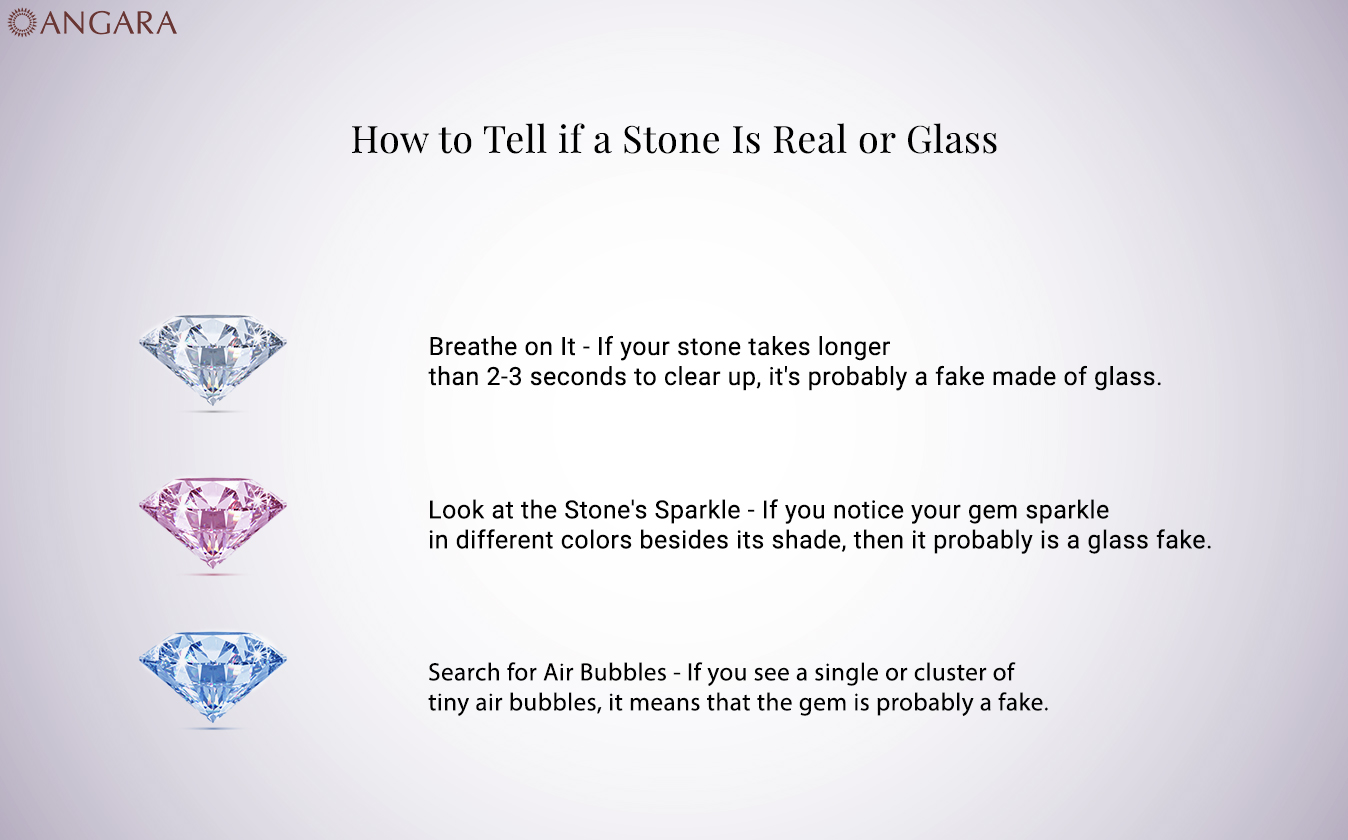
So, How to Tell if a Stone Is Real or Glass
There are a few ways in which you can do this:
• Breathe on It
Believe it or not, most gemstones are good conductors of heat. This essentially means that they can accelerate the evaporation of moisture. On the flip side, glass, being a bad conductor of heat cannot evaporate moisture as quickly. As such, the easiest way to tell a real and a fake apart is to breathe on the gem. If it takes longer than 2-3 seconds to clear up, it’s probably a fake made of glass.
• Look at the Stone’s Sparkle
When interacting with light, glass typically refracts and disperses the same into several colors on the rainbow spectrum. As such, if you notice your gem sparkle in different colors besides its shade, then it probably is a glass fake.
Note: This test is not applicable for moissanites, which generally sparkle in rainbow hues.
• Search for Air Bubbles
We like to believe that the mark of a fake glass gemstone is the presence of tiny air bubbles in the interior of the jewel. To search for the same, hold the jewel under a bright light and view it through a jeweler’s loupe. If you see a single or cluster of air bubbles, it means that the gem is probably a fake.
How to Tell if a Gemstone Is Real at Home
The easiest way to do the same is to look out for flaws. Due to the immense pressure under which they are created, most gemstones tend to feature different inclusions like feathers, crystals and needles, for example. To find them, hold your stone under a bright light and view it through a 10x jeweler’s loupe. If you notice any imperfections within the jewel, it is probably real.
How to Know if a Gemstone Is Real or Fake
At the end of the day, only a jeweler will be able to identify a real gemstone with 100% certainty. These professionals are highly trained to understand the small nuances that distinguish a real stone from a fake one and will therefore be able to guarantee your stone’s authenticity.
Other Tips for Buying Gemstones
• Research the Seller
Since you can’t view the piece in person before purchasing it online, researching the seller is a must. You can do this by browsing the handmade jewelry brand’s website and reading all their uploaded certificates. If you can’t find any, we recommend going through all the comments featured under their social media posts. This will give you access to real and unfiltered reviews based on which you can make your decision.
• Read the Return Policy
Needless to say, the best way to determine the authenticity of a gem is to get it checked by your local jeweler. As such, it is vital that you buy your stunner from a good company with a clear return policy – one that should allow you to either return or exchange the jewel if it defers in any way, shape or form from what is claimed online.
Should You Buy Gemstones?
Absolutely! With their unique symbolism and gorgeous colors as well as sparkle, gemstones are a great way to flaunt your personality and awesome style. Apart from this, due to their rarity and ever-increasing demand, these glittering beauties make a great investment – one that’s sure to earn you high returns in the long run.
What more could you ask for?
Know a Particular Gemstone is Fake or Real with the Below List
Can You Gift Gemstones?
Most definitely! If you’re looking for a present that’ll tug on heartstrings, then gemstone jewelry is something you should consider gift-wrapping. Besides the emotional symbolisms, some of the jewels have the added bonus of being a birthstone or the celebration stone of a particular anniversary year. Naturally, this factor heightens the appeal of the gemstone and makes it a gift that your favorite person will treasure forever.
Where Can You Buy Gemstone Jewelry?
From colored jewels to diamonds and pearls, at Angara we house a wide range of gemstone jewelry that’ll leave you spoilt for choice. Here, each jewel is woven into an intricately crafted accessory created by our very own in-house artisans (with input from you of course!). Yes, you read that correctly. At our online jewelry store, you’ll get the unique opportunity to select the carat weight, gemstone grade and metal for your chosen piece. This ensures that you’ll wind up with a stunner that you’ll truly adore.
Opt for GIA-Certified Gemstones
If you’re new to the fine jewelry game, we highly recommend opting for a GIA-certified jewel. One of the premier gemstone organizations in the world, the GIA (Gemological Institute of America) works hard to protect jewelry lovers and collectors alike from imitation pieces. They achieve this goal by conducting a series of stringent evaluations on every gemstone that comes their way. The resultant certificate is an extensive document containing important information about the gem in question. This includes, but is not limited to, the 4Cs of the stone (cut, clarity, carat weight and color). Needless to say, by opting for a GIA Certified gemstone, you can rest assured knowing that your purchase will be 100% authentic.
How to Tell if a Gemstone Is Real FAQs
- What are the four precious gemstones?The four precious gemstones are as follows: 1) Diamond 2) Emerald 3) Ruby 4) Sapphire
- Is the tanzanite a rare gemstone?Yes, the tanzanite is one of the rarest gemstones in the world. It is only mined in a very small area at the foot of Mount Kilimanjaro in Tanzania.
- Is gold a gemstone?No, gold is not a gemstone. It is a precious metal.


























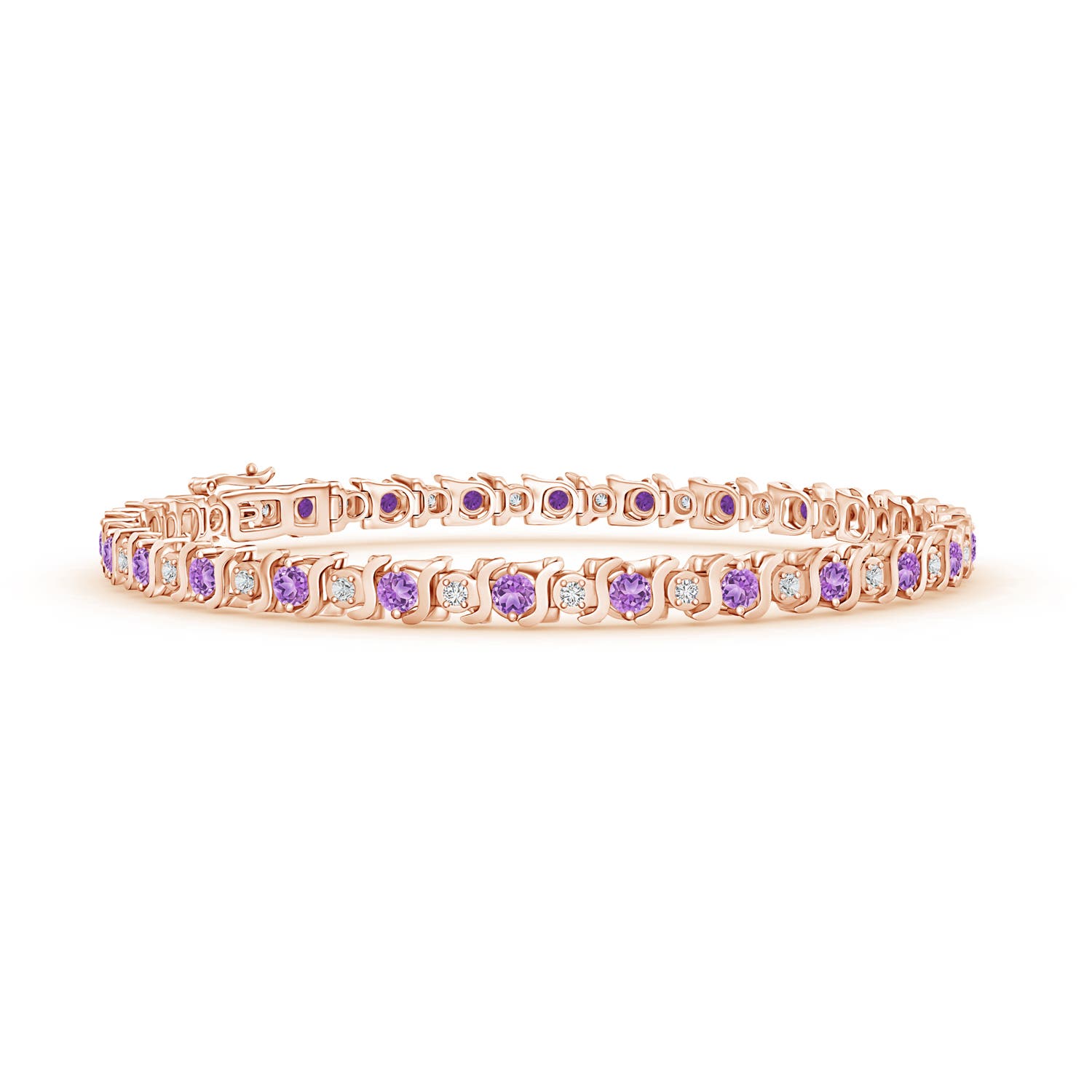
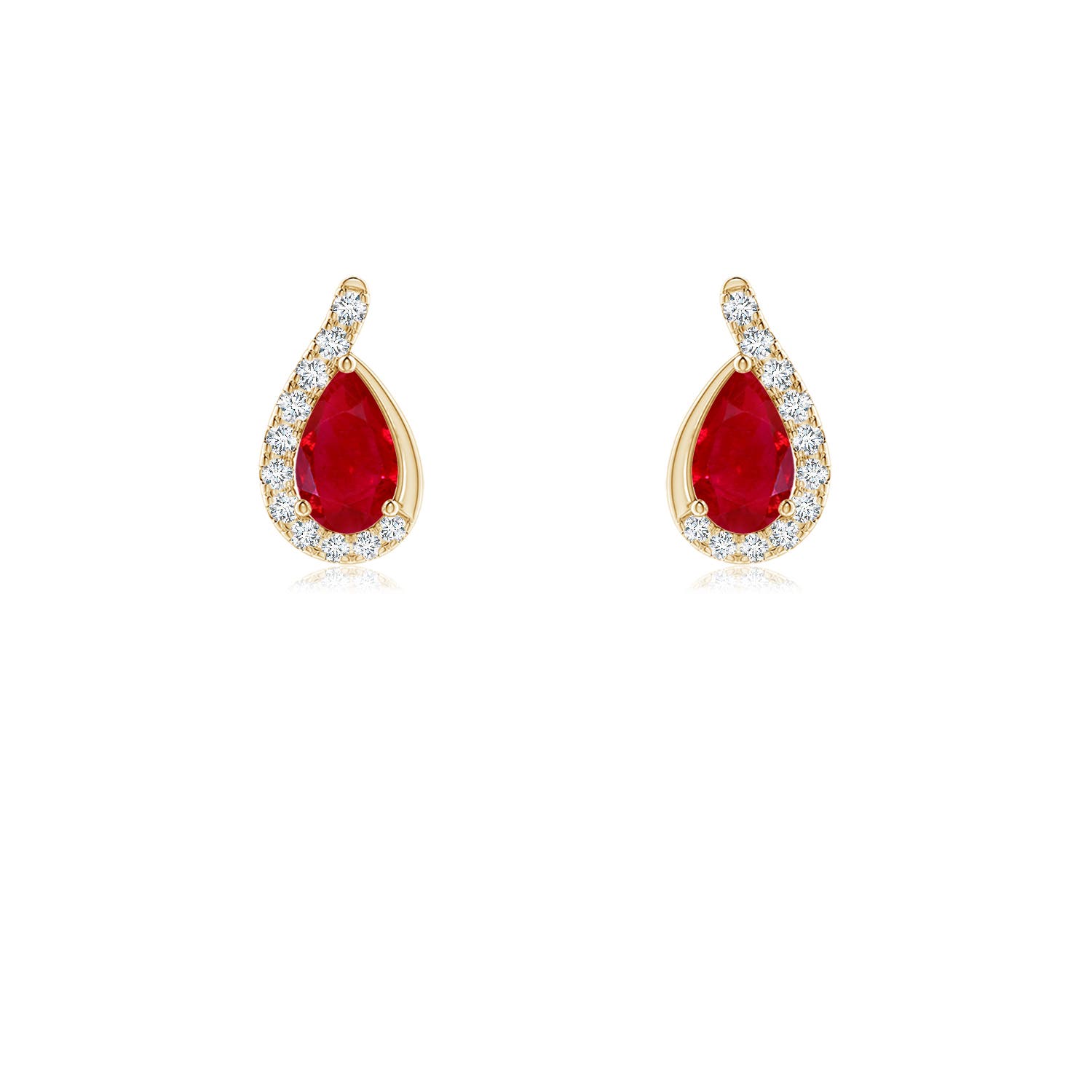
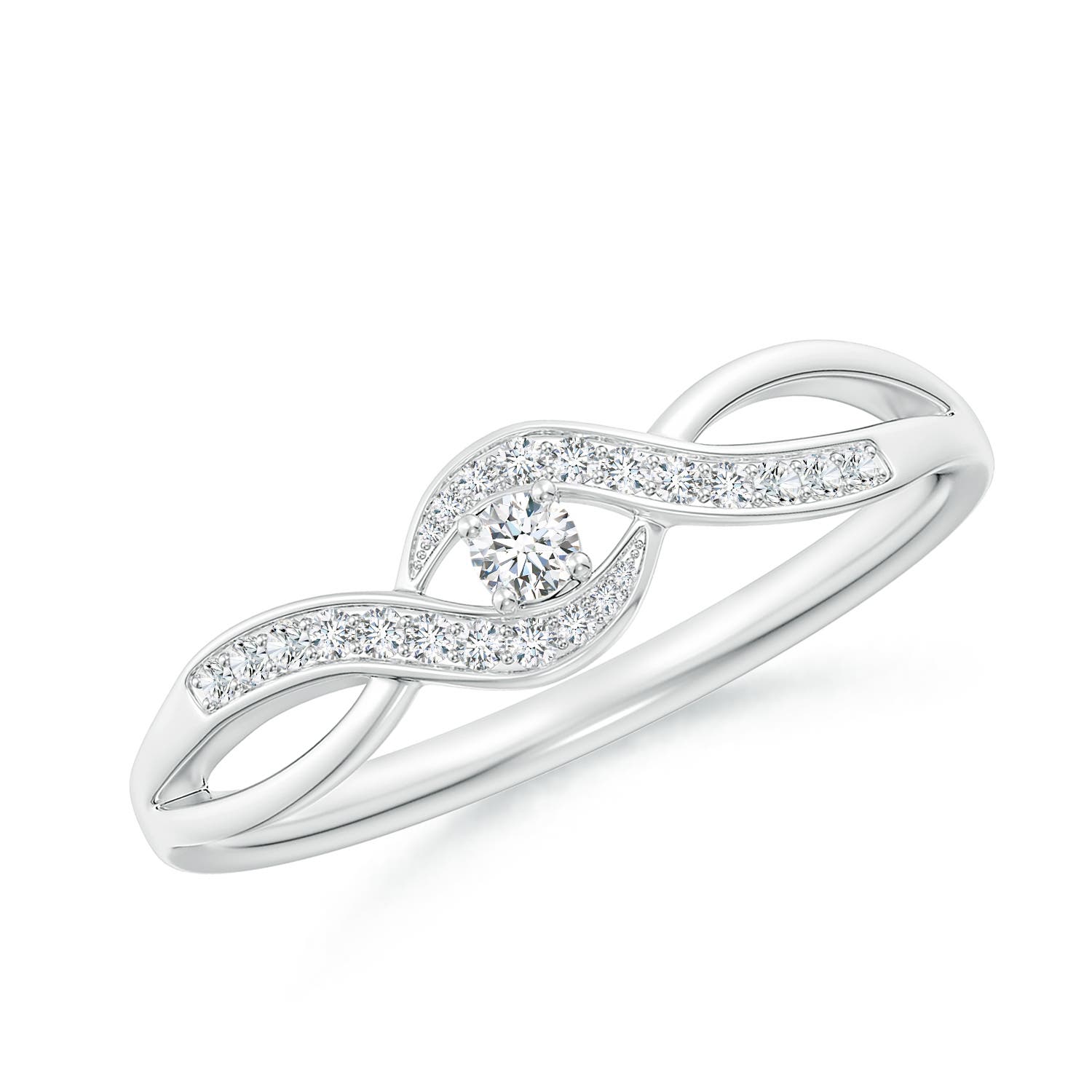
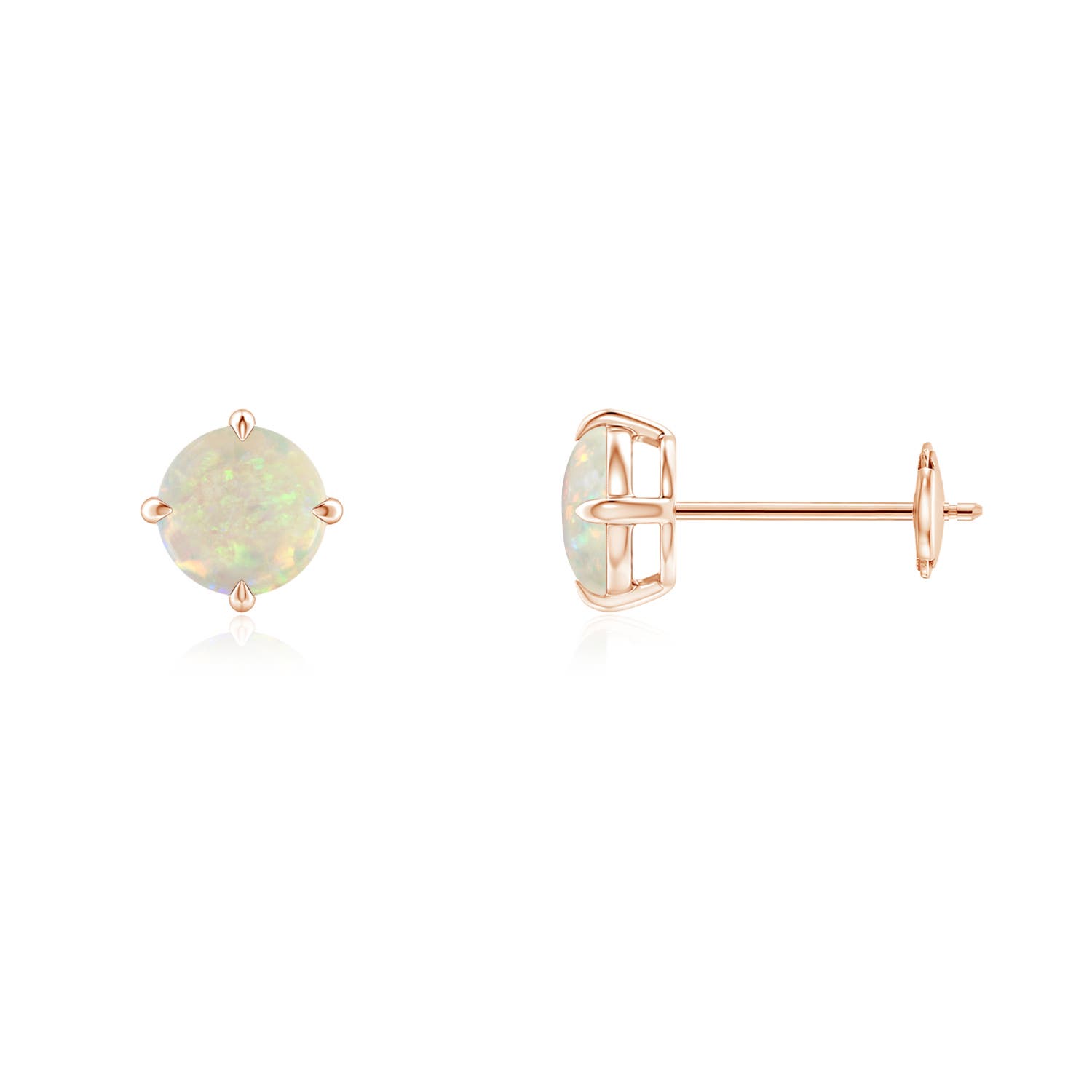
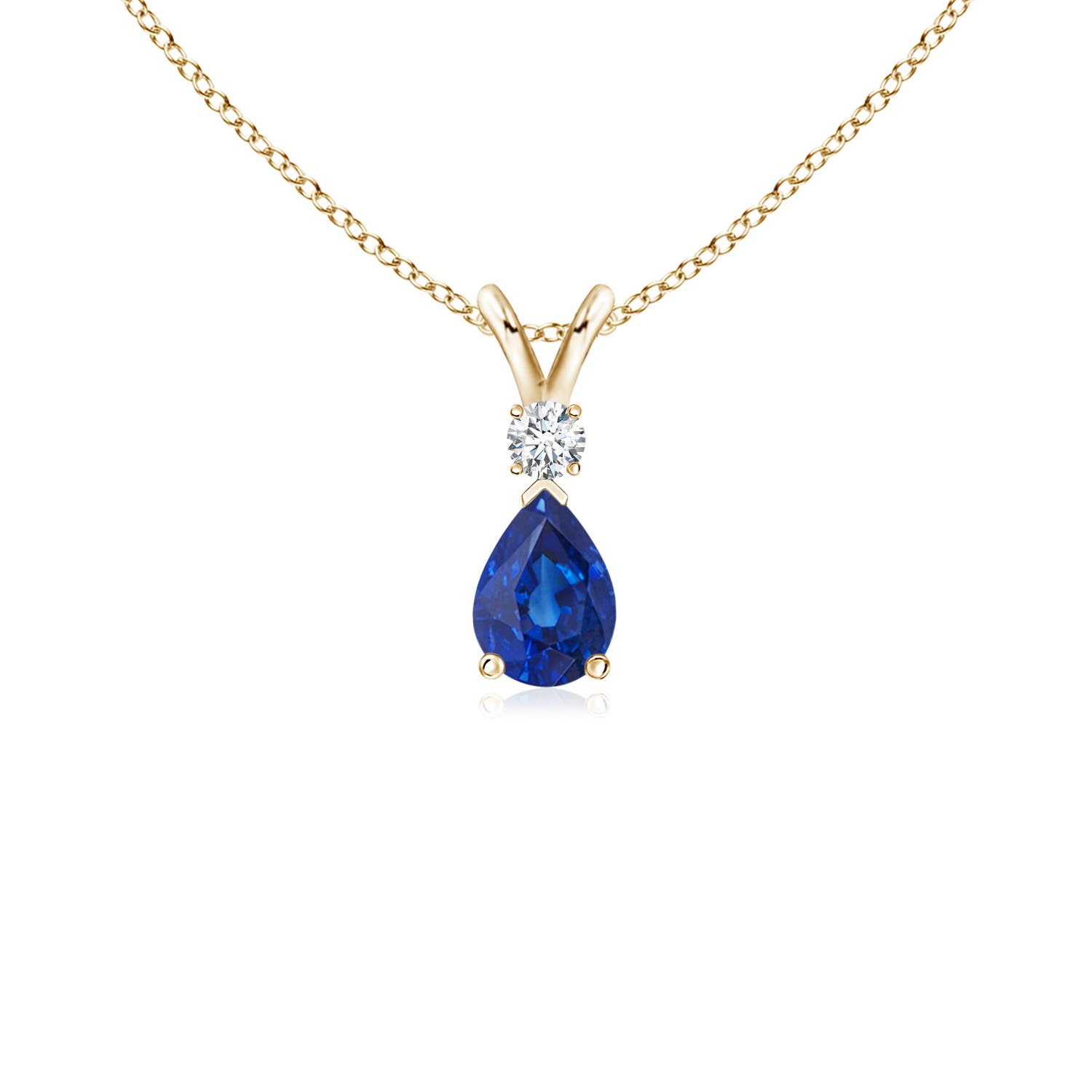
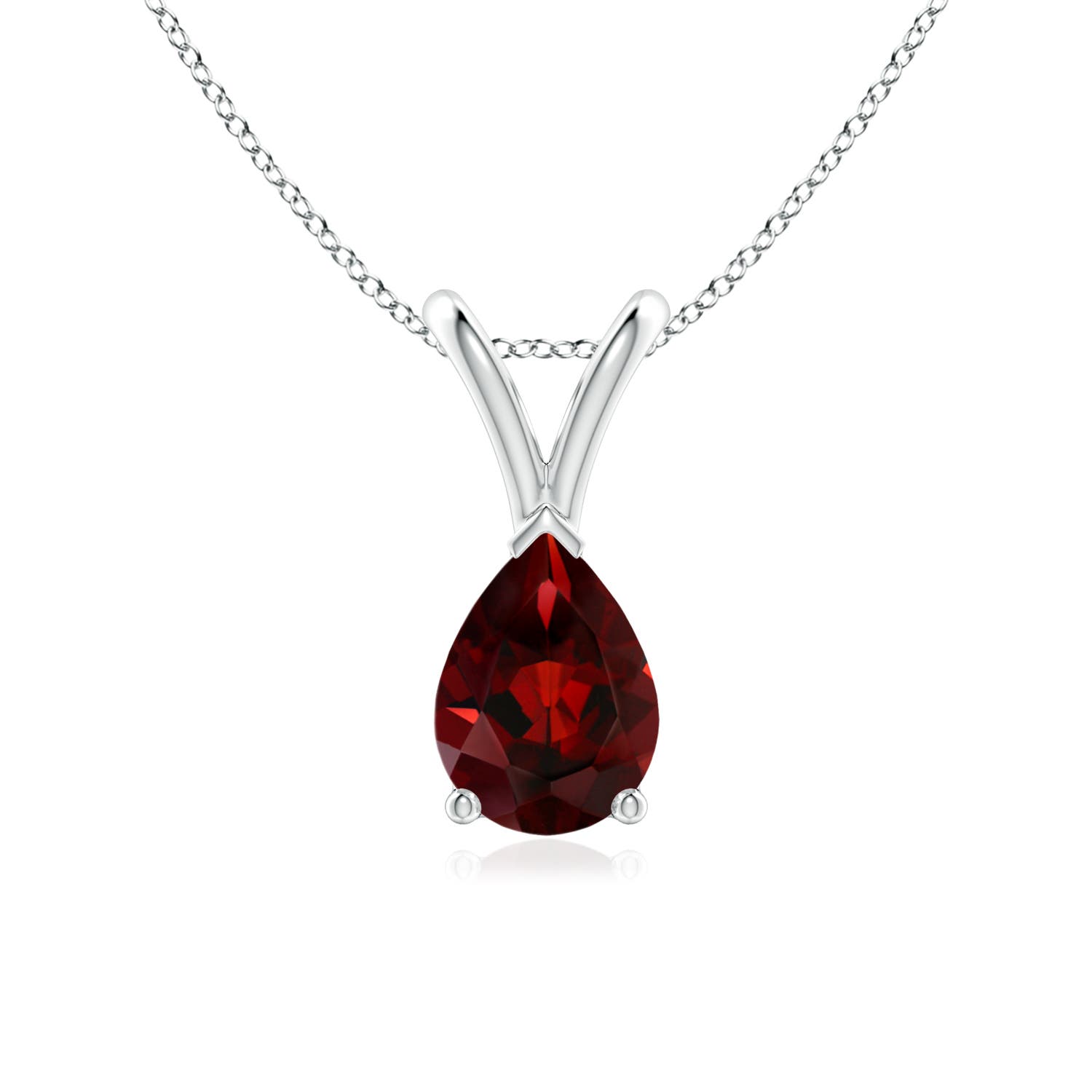

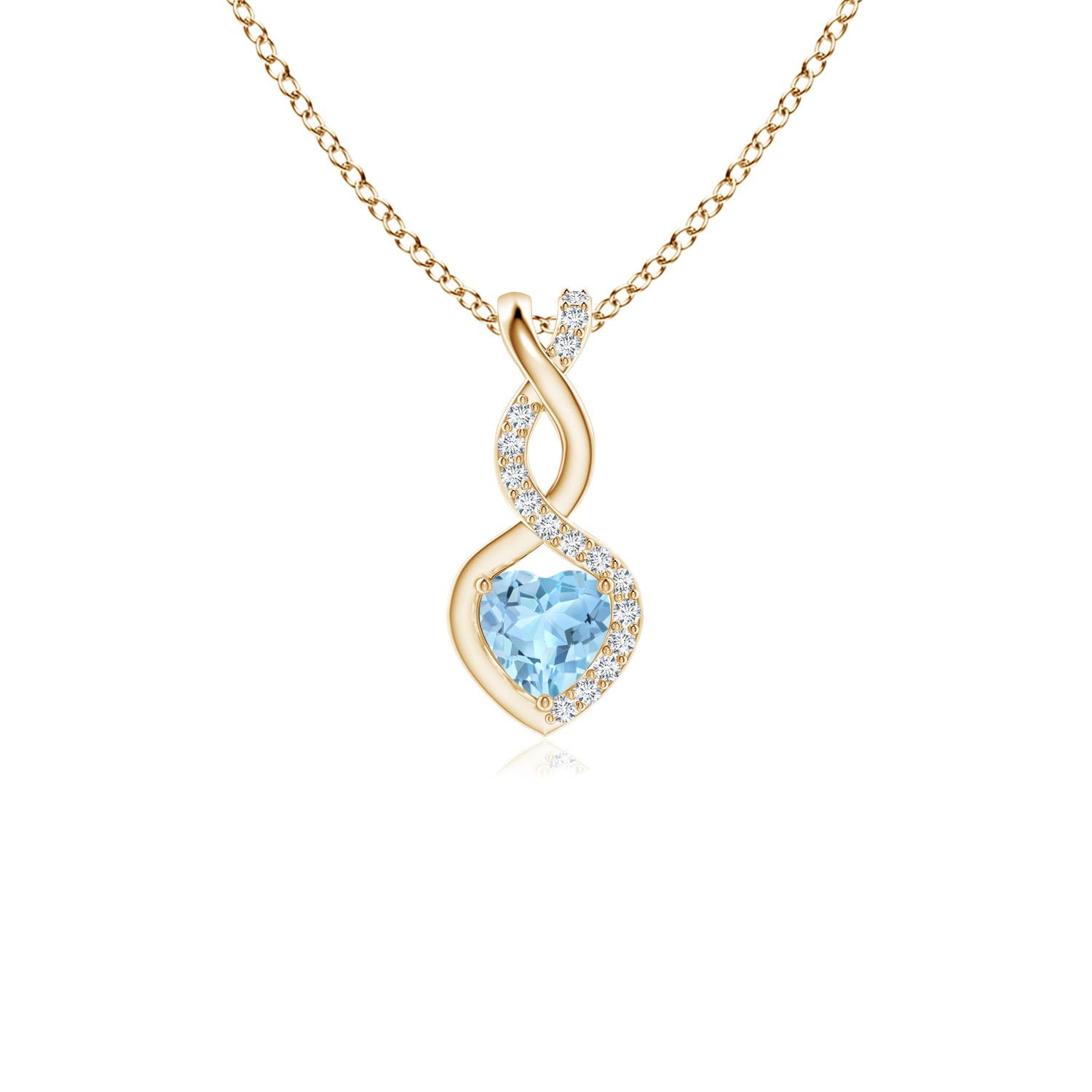




This is a really informative article about how to tell if a gemstone is real! I especially liked the part about the four factors that affect the price of a gemstone. I’m definitely going to keep these tips in mind when I’m shopping for jewelry in the future.